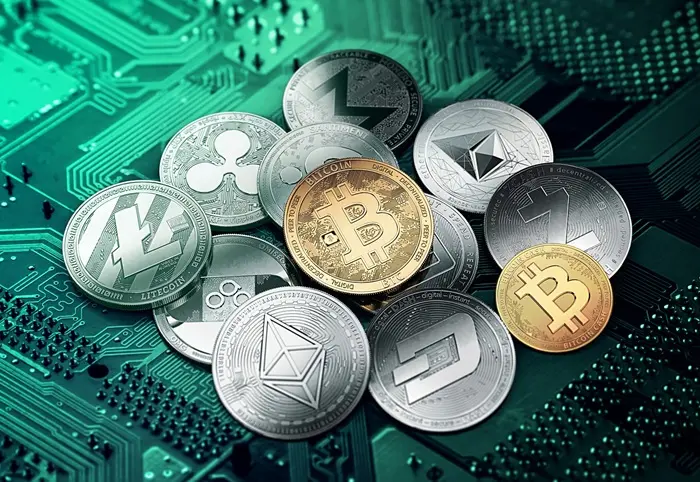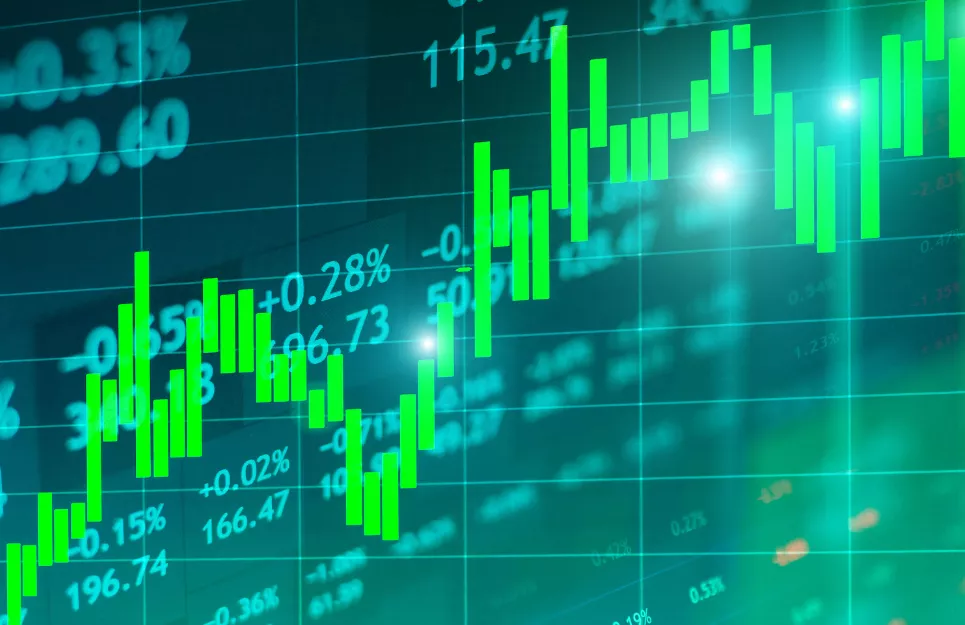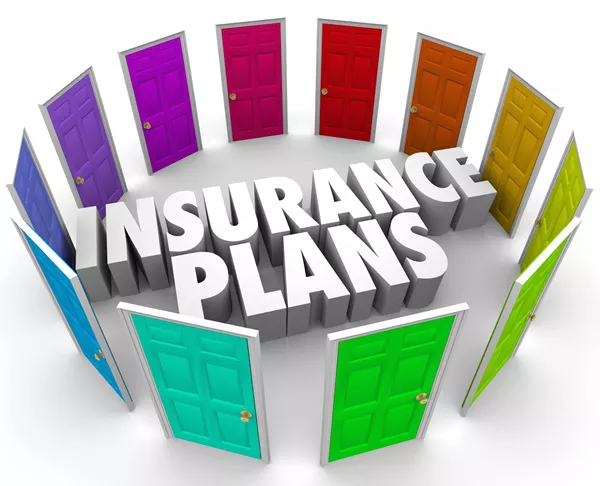Tesla (TSLA) reported first-quarter earnings after the close on Tuesday that were well below expectations, but the company said it still expects new vehicles to be available in the first half of 2025. During the earnings call, CEO Elon Musk said he would spend less time in Washington and more time at Tesla.
“Starting early next month, early May, my time allocated to the Department of Government Efficiency (DOGE) will be significantly reduced,” Musk said. He said he would continue to spend one or two days a week at DOGE, but said he would “spend more time” at Tesla.
Tesla shares rose 5% in after-hours trading after Musk made the disclosure.
Tesla reported first-quarter revenue of $19.34 billion, compared with Bloomberg’s previous forecast of $21.43 billion and well below the $21.3 billion in the same period last year. Tesla’s adjusted earnings per share were $0.27, compared with Bloomberg’s previous forecast of $0.44.
Tesla said production of the new economy car is scheduled to begin in the first half of 2025, and it still expects Robotaxi production to begin in 2026. Aside from the Robotaxi tests, these were the top two concerns for investors ahead of earnings.
The company blamed trade uncertainty for the sales decline.
“Uncertainty in the automotive and energy markets continues to rise as rapidly changing trade policies adversely impact Tesla and its peers’ global supply chains and cost structures,” the company said in a statement. “This dynamic, combined with shifting political sentiment, could have a significant impact on demand for our products in the near term.”
Musk said on the call that he told Trump that “lower tariffs” would be better for the country, but that the ultimate decision on tariffs rests with the president.
Because of the uncertainty, Tesla said it would review its 2025 outlook in its second-quarter financial update and removed its long-term growth forecast.
Tesla said its gross margins hit 16.3% in the first quarter, above expectations of 16.1%, and that its automotive gross margins, excluding regulatory credits, were 12.5%.
Tesla had previously promised to launch a lower-priced electric vehicle in the first half of 2025, along with other new models that the company said would allow it to return to 50% growth from 2023.
Reuters reported on Friday that Tesla had planned to launch an affordable electric vehicle, including a stripped-down version of the Model Y, but that plan has been delayed until later this year. Tesla has not yet responded to the report.
Tesla executives did not deny the Reuters report on the call, only saying that the company is focused on affordable prices and will be similar to some existing Tesla models.
The biggest concern facing Tesla’s auto business, which is its survival, is demand. In early April, Tesla reported first-quarter deliveries of 336,681 vehicles, compared with Bloomberg’s previous forecast of 390,342 deliveries, marking the worst quarter for deliveries since the second quarter of 2022.
Conversely, rival automakers have seen sales surge as consumers increase purchases to circumvent tariffs that began on April 2. Tesla’s main overseas competitor BYD (BYDDY) has been eating into Tesla’s market share for some time. And President Trump’s 25% tariff on foreign imported cars has put automakers like Tesla in a difficult position.
Demand concerns have led to a decline in Tesla’s sales in several key regions. Tesla’s registration data fell in key European regions in March, another sign of continued sales declines, and CEO Elon Musk’s right-wing political activities have also dealt a blow to the Tesla brand.
Musk’s close relationship with President Trump and his warm embrace of right-wing politicians in Europe have dealt a heavy blow to Musk and Tesla’s brand image. Protests against Tesla showrooms in the United States and abroad have increased, and vandalism of Tesla’s electric vehicles has intensified.
Musk added on the call that the company is focused on deploying self-driving taxi tests in Austin in June and claimed that Tesla’s cars are much cheaper than Waymo’s electric cars, which he said are equipped with expensive sensor suites.
Related topics:































